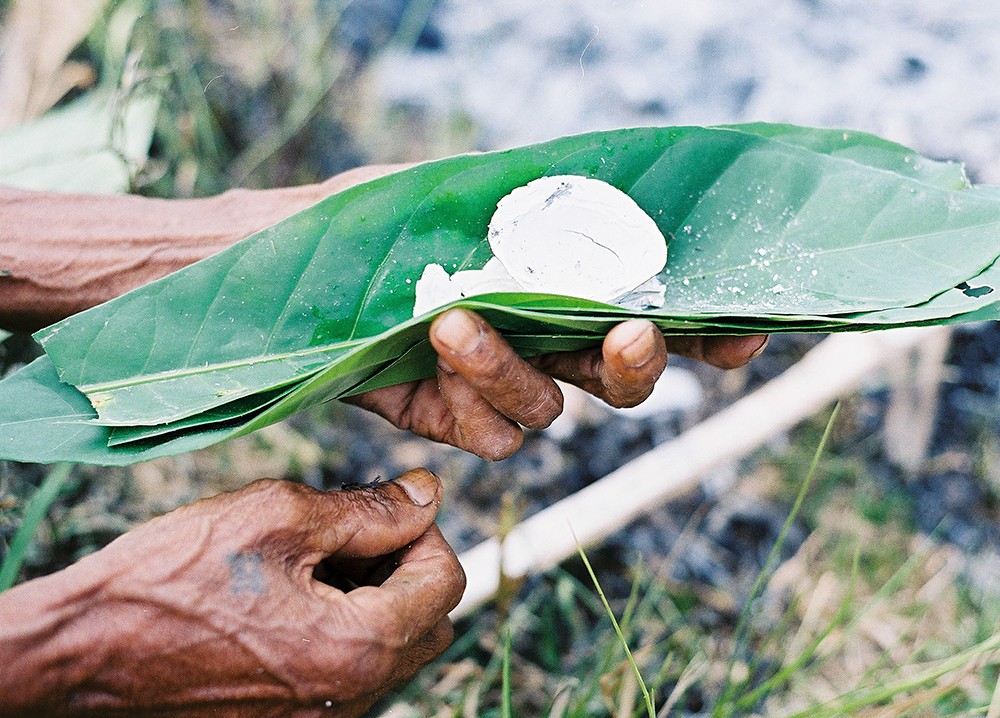As early as the Stone Age, mankind started to develop a complex culture. This was triggered by interactions between different groups of hunters and gatherers, as a UZH study confirms. The researchers mapped the social network of modern hunters and gatherers in the Philippines, thereby simulating the invention of a cure.
Around 300,000 years ago, our ancestors lived in small groups as hunters and gatherers. This way of life is probably the root of human success. Because back then, people started to exchange and combine their individual knowledge and find innovative solutions. This ability distinguishes us from our closest relatives, the chimpanzees.
The few societies that still live as hunters and gatherers today, such as the Agta in the Philippines, provide an insight into this process. An international team of researchers has now analyzed Agta’s social network to better understand how culture emerges in such an environment. The study was led by Andrea Migliano and Lucio Vinicius from the Institute of Anthropology at the University of Zurich and Federico Battiston from the Central European University in Budapest.
Mutual visits instead of social media
The researchers initially equipped 53 adult Agta, who lived in seven neighboring camps in a forest area, with tracking devices. These recorded every meeting between the group members for a month. A group living on the coast was recorded in the same way. During this time, the trackers documented thousands of interactions and provided a comprehensive picture of the social structure: As expected, the people had the most contact with the residents of their own camps, but visits between the different camps also took place almost daily. Lead author Andrea Migliano, professor of anthropology at UZH, said:
“You could say that these visits are the social media for hunters and gatherers. When we need a solution to a problem, we go online and get information from multiple sources. The Agta use their social network in exactly the same way.”

Simulating the invention of a remedy
The researchers then created a computer model of this network and used it to simulate the complex cultural development of a herbal remedy. In the fictional scenario, people exchanged their knowledge of medicinal plants at every encounter and combined them to produce better medicines. This gradually created a highly effective new remedy over several intermediate stages. The simulation showed that on average, about 250 (forest camps) to 500 (coastal camps) rounds of social interactions are necessary for the development of the remedy.

Human interaction accelerates innovation
In the next step, the researchers simulated the same scenario with an artificially created network in which all members received all information at the same time and were thus always up to date. Surprisingly, it took longer under these conditions to find the new cure — it took about 500 to 700 rounds. The explanation for this: In an ideal network, it always goes one step at a time. In contrast, new insights can also develop in parallel in small groups in a social network, which ultimately ensures faster progress. Author Lucio Vinicius, the senior lecturer at the Institute for Anthropology University of Zurich, summarizes:
“Our results therefore indicate that a social structure made up of small, interconnected communities has facilitated the cultural development of our ancestors while they have spread within and outside of Africa.”
Provided by: University of Zurich [Note: Materials may be edited for content and length.]







